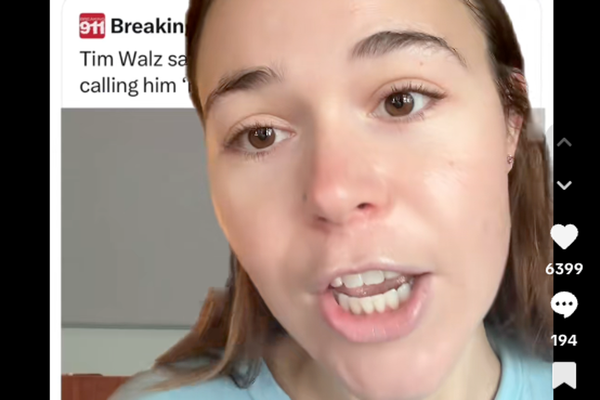
Have you ever wondered why some personal care items are pulled from shelves in Europe or Asia—but still casually stocked here in the U.S.? The difference often comes down to regulation and consumer safety standards. While your local store carries a familiar product, it might contain ingredients that other countries have banned for health or environmental reasons. Knowing which items fit this pattern helps you make smarter decisions—and protect your health. Let’s break down nine personal care items that are quietly landing on banned lists overseas—but are still flying off U.S. shelves.
1. Hair Dyes with Forbidden Colorants
Some hair dyes sold in the U.S. contain dyes like Basic Blue 7, D&C Violet 2, and Basic Green 4—chemicals banned in Europe due to health and environmental concerns. These colorants pose risks that regulators overseas have deemed unacceptable, yet they remain legal here. That means a color transformation in the U.S. may carry hidden hazards that others considered too risky. The choice is yours—and the labels rarely warn of these cross-border differences.
2. Paraben-Rich Anti-Aging Lotions
Many U.S. lotions and creams still use parabens like isopropyl, isobutyl, and phenyl parabens, which are restricted in the EU due to hormone-disrupting potential. These preservatives extend shelf life—but at a cost to your endocrine health. European consumers often choose paraben-free alternatives, relying on stricter oversight for safer formulations. In the U.S., such products remain widespread and unchecked.
3. Formaldehyde-Releasing Preservatives in Shampoos
Ingredients like DMDM hydantoin and imidazolidinyl urea are still common in U.S. shampoos and skincare—but these formaldehyde-releasers are tightly restricted or labeled in Europe because of cancer and allergy risks. Americans are often unaware of these hidden carcinogenic hazards. If you’re protecting your skin, do the ingredients match up with your health expectations?
4. Mineral Oil in Moisturizers
Certain petroleum-based products—like unrefined mineral oils or petrolatum—are more strictly regulated in Europe due to potential carcinogen contamination. Yet in the U.S., they’re still widely used in lotions and creams. Regulatory standards for purity are looser stateside, leaving more room for harmful residue. Knowing what’s behind the label before you smooth it on can guide safer skincare decisions.
5. Phthalate‑Containing Fragrances
Fragranced products—especially lotions or sprays—can hide phthalates, chemicals linked to reproductive harm and obesity. The EU restricts many of them, while U.S. products still use them freely, often grouped under vague “fragrance” labels. Consumers elsewhere push labels to disclose ingredient specifics. Here, it’s still a guessing game—and your health can pay the price.
6. Triclosan in Everyday Hygiene Products
Triclosan, once common in toothpaste and soaps, has now been banned from personal hygiene items in the EU since 2017. In the U.S., while its use has declined, it’s still found in select items such as certain toothpastes and germ-fighting soaps. The health concerns—like antibiotic resistance and hormone effects—are serious, but not universally accepted here. Forestall exposure by looking for “triclosan-free” labeling.
7. Mercury-Laden Skin‑Lighteners
Even though mercury in cosmetics is banned in many regions, illegal skin-lightening products containing high mercury have been found in markets worldwide—and even in some U.S. specialty stores. These items may seep into your skin, causing vision loss, kidney damage, or severe toxicity. Stick to reputable brands and avoid dodgy, unlabeled items—especially those promising instant skin changes.
8. Hydroquinone-Based Bleaching Creams
Hydroquinone is banned or restricted in many countries due to risks like permanent skin discoloration and potential carcinogenic effects. Yet in the U.S., it’s still sold—often over the counter or by prescription. Natural alternatives exist, but your safest route may be choosing milder ingredients that aren’t under such scrutiny elsewhere.
9. Sunscreens with Coral-Harming Oxybenzone
Oxybenzone, troublesome for coral reefs, is banned in places like Hawaii and Thailand—but remains common in U.S. sunscreens. Beaches overseas aim for environmental protection, while FDA regulations slow ingredient change here. Want both sun safety and ocean-friendly options? Look for mineral or reef-safe sunscreens, even if it means going beyond mainstream shelves.
Global Bans Highlight Need for Informed Shopping
The fact that so many personal care items are pulled overseas—but still widely available here—underscores a major regulatory gap. While some nations err on the side of caution, the U.S. often maintains the status quo. Keep a close eye on ingredients, question the label differences, and consider alternatives that prioritize both health and transparency. Your best bet is an informed choice—especially when global standards lean safer than ours.
Ever discovered a personal care product in your bathroom that shocked you when you learned it’s banned elsewhere? What ingredient do you always double-check? Tell us in the comments!
Read More
8 Cleaning Products That Lost Their FDA Approval But Are Still on Shelves
9 Food Staples That Are Quietly Vanishing from Shelves
The post 9 Personal Care Items Pulled From Shelves Overseas But Not in the U.S. appeared first on Grocery Coupon Guide.







